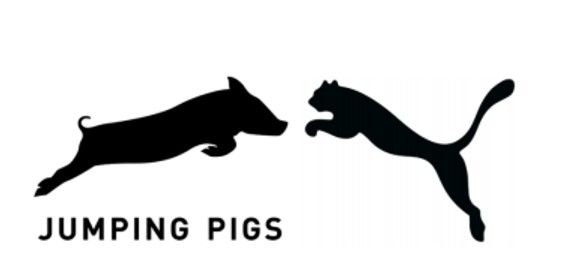In a separate article, we discuss an important South African judgment that deals with the question of whether the trade marks Swatch and iWatch are confusingly similar. That judgment sets out some of the issues that need to be considered in these matters, such as the look, sound and meaning of the marks, the likely purchaser, and the fact that consumers have imperfect recollection.
In this article, we'll discuss some recent EU decisions regarding confusing similarity. These, we think, show that there may be some other things that are useful to know. For example:
How things work in bars
A recent case involved vodka brands. The issue was whether the trade mark Blend 42 Vodka was confusingly similar to an earlier Bacardi trade mark, 42 Below. The case went through a number of levels and ended up at the European Court of Justice (Court of First Instance, CFI). This court found that the marks were confusingly similar.
Its reasoning was interesting. In the context of alcohol, the numeral 42 does have a meaning to some people, namely a reference to a low alcohol content. But most people don't know this. For the majority the numeral 42 is not an indicator of alcohol content but rather a distinctive mark. So, Blend 42 Vodka is likely to be confused with 42 Below.
The court also made this pragmatic point: alcohol is often ordered in crowded bars where it's not easy to hear what customers are saying. It might also have mentioned that in bars alcohol is often ordered by customers who aren't speaking very clearly!
About barbeques
In another recent case, the issue was whether a trade mark application for the word BBQloumi for various foodstuffs could be successfully opposed by the good people of the Foundation for the Protection of the Traditional Cheese of Cyprus, the owners of an EU collective mark for the word Halloumi.
The earlier skirmishes went in favour of the owners of the Halloumi collective mark. But the final court held that there was a "low degree of visual, phonetic and conceptual similarity." It said that the term BBQ is well known and means barbeque, and the word "loumi" is meaningless. This meant that "the element loumi, the main element from which the similarity of the signs in question stems, contributes very little to the distinctiveness of the mark applied for."
Finally, the court said that the BBQloumi mark also contained a device element that further distinguished it from Halloumi. What this device element comprised is not exactly clear - the Halloumi lot argued that it showed pieces of halloumi (putting halloumi on the grill is apparently a big thing in the UK ) but the court was not convinced that it did.
That pigs really won't fly

Puma opposed an application to register a leaping (flying?) pig logo for clothing - the logo is black-on-white and the pig is moving left to right. The opposition was based on Puma's famous leaping puma, which is of course also black-on-white, with the puma moving right to left.
The result was no surprise, the marks were confusingly similar. An important consideration was the fact that the Puma mark enjoys a repute and therefore qualifies for a greater level of protection than your run-of-the-mill trade mark. This meant that consumers were likely to see the flying pig as a parody of the Puma mark, something that would lead them to draw a link with the earlier famous mark.
That panthers are fierce but not invincible
An application by the company MKR Designs to register the trade mark Panthe for clothing was opposed by the department store El Corte Ingles, on the basis of its registrations for and incorporating the word Panther. Notwithstanding the phonetic similarities, the opposition failed on the basis of conceptual differences: "Consequently it must be held that the lack of conceptual similarity between the signs at issue is, in the present case, capable of counteracting the phonetic similarity between those signs."
So, there you have it, there can be more to a confusing similarity enquiry than a whole load of principles laid down by judges. Common sense and life skills have their place, too.
The content of this article is intended to provide a general guide to the subject matter. Specialist advice should be sought about your specific circumstances.

